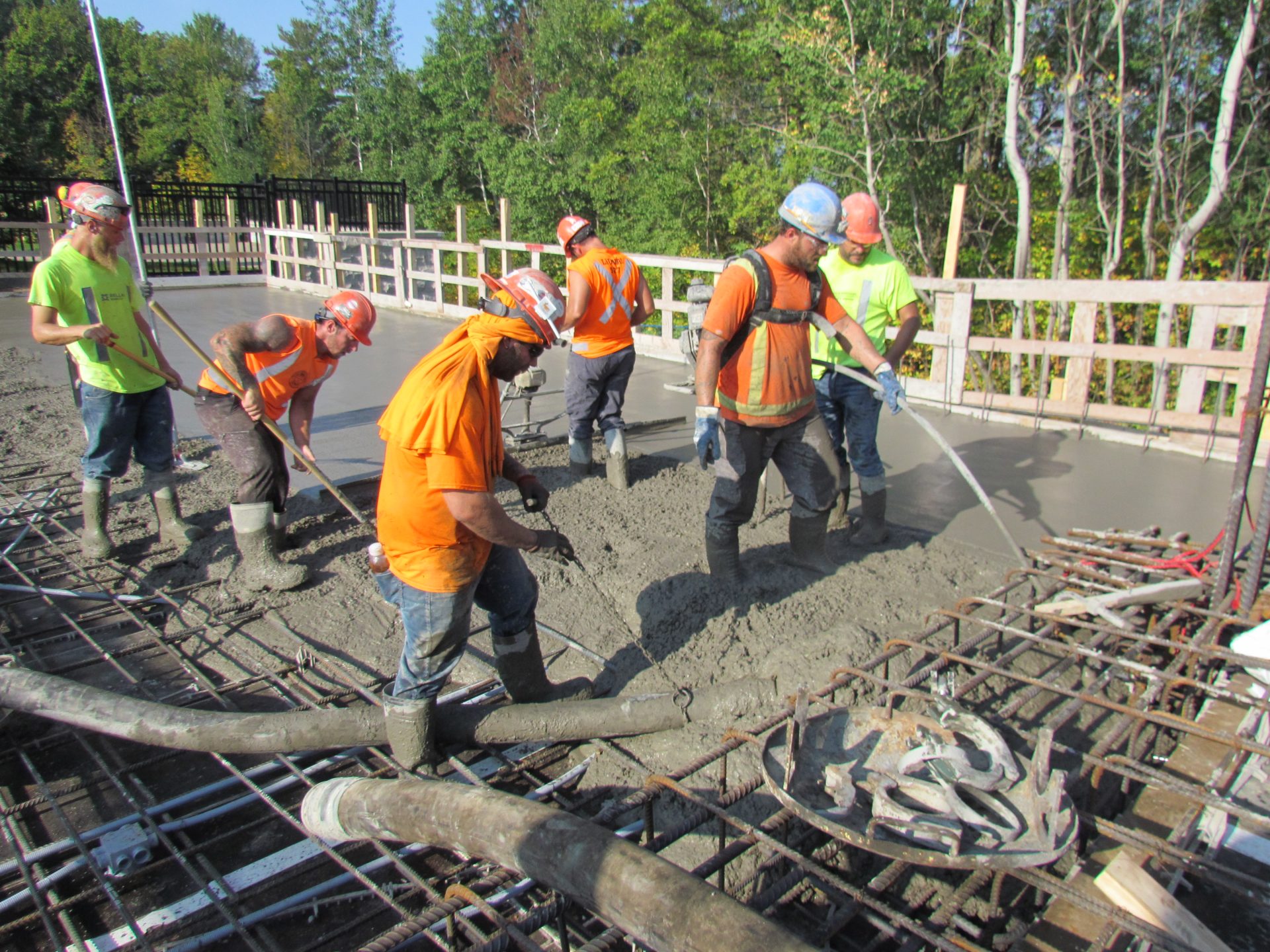Cement is a binding material that has contributed to the creation of historical monuments, but as we shift from 3000 BC into the twenty-first century, we can see the multitude of ways in which cement is being used.
Big Projects Deserve Better Protection
Today, the main ingredient in concrete is Portland cement, which is often mixed with other materials to enhance it. This process creates what is now called blended cement which may include fly ash, volcanic ash, and granulated slag.
These added agents serve to increase durability and reduce heat generation during the curing process. According to a study, concrete is the second most used material after water, and although it seems like a well-established product, there is still a lot of room for improvement. Researches today are pushing the boundaries and creating new solutions for the construction industry. One of the ways they are doing this is by manipulating different agents within the concrete to produce reusable energy.
Energy conducting cement
Electricity is a highly consumed energy source, its expensive and becoming more and more scarce. What if someone could implement a material that can conduct energy using cement?
Lancaster University’s Professor Mohamed Saafi created a process to turn buildings, bridges, and even lampposts into batteries to decrease the cost of energy. By creating a cement mixture of potassium-geopolymetric (KGP) composite, the cement is composed of fly ash and alkaline solution. Electricity is conducted via potassium ions that hop through the crystalline structure. According to research, it can potentially store and discharge between 200 to 500W/m2. In addition to storing and omitting energy, the smart cement mixture can also sense imbalances, such as cracking, that can hinder the flow of potassium ions which can affect the conductivity of the structure.
Light-generating cement
Dr. José Carlos Rubio Ávalos, a researcher at the University of Saint Nicholas of Hidalgo in Mexico, created a phosphorescent cement that can be used to illuminate highways, bike paths, and buildings without the use of electricity. The cement absorbs solar energy and emits it during the night for about 12 hours. Researchers developed a way to eliminate the crystallization in cement to allow the passage of light inside, due to cement’s opaque body. As a result, absorbing solar energy and returning it to the environment as light.
Nine years ago, when I started the project, I realized there was nothing similar worldwide, and so I started to work on it. The main issue was that cement is an opaque body that doesn’t allow the pass of light to its interior, – Dr. Rubio
Development was primarily focused on making the microstructure of cement a completely gel-like substance. The gel is ecological due to its sand, clay, or dust nature. In addition, the process is ecofriendly as the only gas released during manufacturing is water vapor. The cement is said to have a life span of 100 years and is currently being fabricated to emit green or blue light. The level of brightness can be adjusted during production as to not bother drivers or cyclists. The University of Saint Nicholas of Hidalgo obtained the first patent in 2016 and this product is in the commercialization phase.
The Innovation of Clean-Technology
Innovations not only reduce energy consumption but also focus on producing environmentally friendly solutions that create less waste.
Many researchers continue to find ways to make concrete more durable, eco-friendly and less prone to cracking, ergo these practices are shaping the industry for the better. For example, at Giatec we have received a combined $3.2 million in federal funding to further research how the company’s technology can reduce the amount of CO2 emissions associated with concrete production.
Global experts expect the clean technology market to grow to $2.5 trillion by 2022 and Giatec is well-positioned to capitalize on the growth of cleantech.
Related articles: Smart cement mixture turns buildings into batteries, How Concrete Can Reap Solid Environmental and Economic Benefits
*Editor’s Note: This post was originally published in September 2018 and has been updated for accuracy and comprehensiveness.









